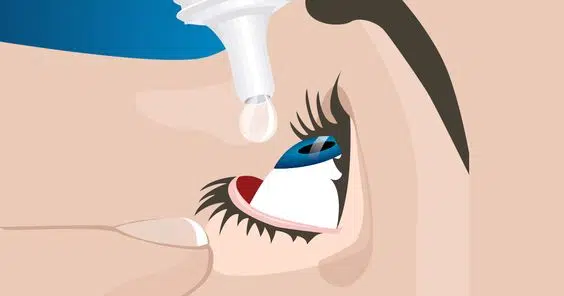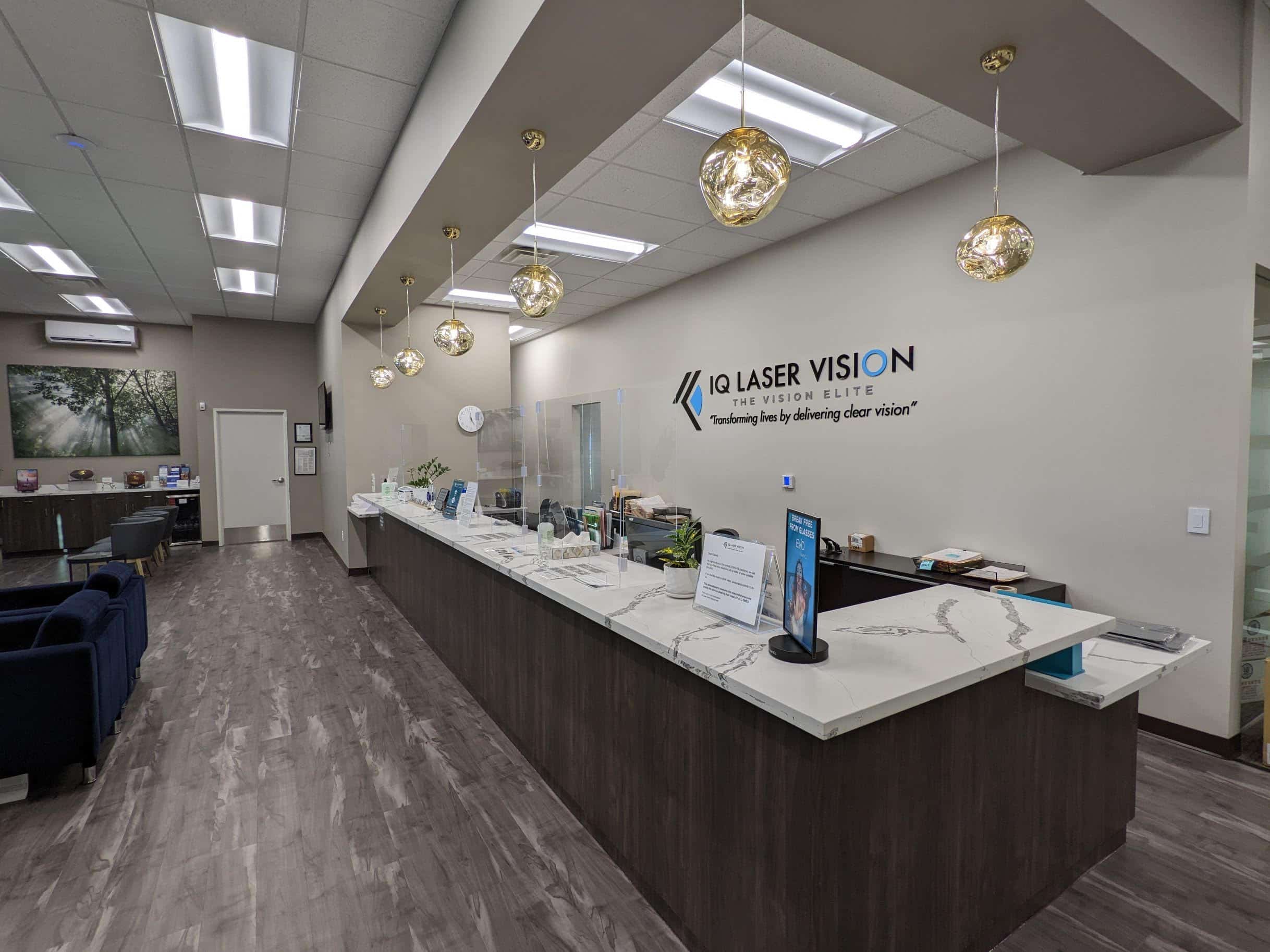
Eye drops play a vital role in treating various eye conditions and maintaining overall eye health. Your ophthalmologist may prescribe or recommend different types of eye drops depending on your specific needs.
Here are some common eye drop types you may encounter:
- Dilating Drops: Used during comprehensive eye exams to temporarily enlarge your pupils, allowing your doctor to better view the interior of your eyes.
- Redness Relievers: Over-the-counter drops that constrict blood vessels to reduce redness and relieve minor eye irritation. However, overuse can cause rebound redness.
- Dry Eye Drops: Lubricating drops that supplement your eye’s natural tears to provide relief from dryness, burning, or grittiness.
- Antihistamine Drops: Help alleviate itchy, watery eyes caused by allergies by blocking histamine receptors.
- Numbing Drops: Applied before certain procedures or surgeries, like LASIK, to temporarily numb the eye and prevent discomfort.
- Antibiotic Drops: Prescribed to treat bacterial eye infections by inhibiting growth of infectious microorganisms.
- Glaucoma Medications: Specialized drops that lower elevated eye pressure, a key risk factor for glaucoma.
- Steroid Drops: Powerful anti-inflammatory agents used under close medical supervision for treating severe eye inflammation or swelling.
Proper usage is crucial for maximizing the effectiveness and safety of any eye drop regimen. Follow your doctor’s instructions meticulously regarding dosage and frequency. For over-the-counter products, carefully read and adhere to label directions.

Administering eye drops properly requires some technique. Tilt your head back, use one hand to gently pull down your lower eyelid, bringing the bottle tip close without touching your eye or eyelashes, and squeeze one drop into the space you’ve created. Close your eyes briefly and dab away any excess with a clean tissue.
Never use any medication product in your eyes unless specifically formulated and labeled for ophthalmic use. Avoid mix-ups by reading labels out loud and confirming the product is meant for your eyes before instilling drops.
Don’t hesitate to ask your ophthalmologist or pharmacist if you have any questions about using eye drops safely and effectively. With proper administration, they can provide essential treatment and relief.























